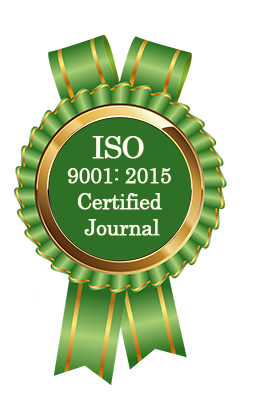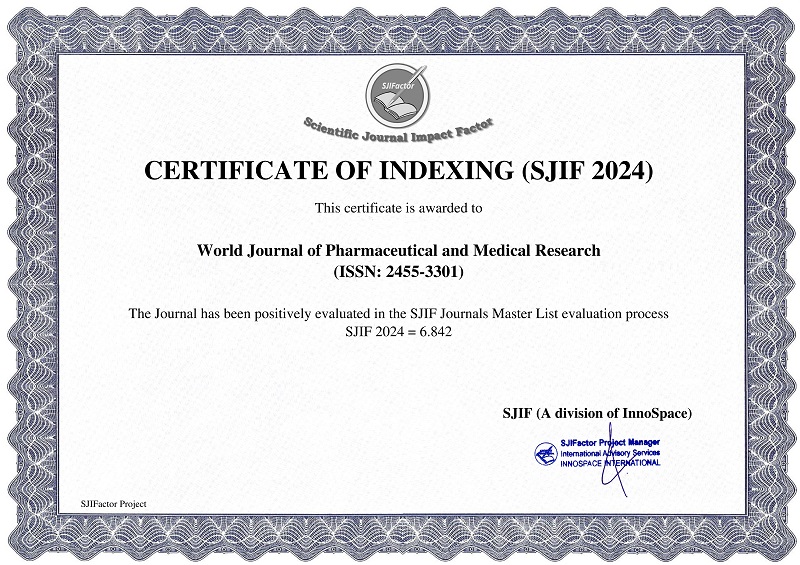THE CENTRAL ROLE OF HISTAMINE IN ALLERGY, ASTHMA, URTICARIA, AND ANAPHYLAXIS
*Divya Mahyavanshi, Bhatt Parth, Chaudhary Ansoya, Kavar Dhruvi, Patel Upal, Prajapati Vraj
ABSTRACT
Histamine, primarily stored in mast cells and basophils, is a key mediator in allergic diseases and anaphylaxis. Elevated plasma and tissue histamine levels are associated with allergic responses in the skin, nose, and airways. Through its receptor subtypes, histamine contributes to multiple pathological features: bronchospasm, edema, and mucus secretion in asthma; pruritus, mucosal edema, and sneezing in allergic rhinitis; vasodilation, vascular permeability, and pruritus in urticaria; and vascular permeability, smooth muscle contraction, tachycardia, and mucus secretion in anaphylaxis. Histamine also functions as a neurotransmitter and regulator of gastric acid secretion. It is synthesized from histidine by histidine decarboxylase (HDC), yet the transcriptional regulation of HDC remains poorly understood. Overall, histamine serves as a central mediator in allergic and inflammatory disorders, with emerging research focusing on the molecular regulation of its synthesis.
[Full Text Article] [Download Certificate]



